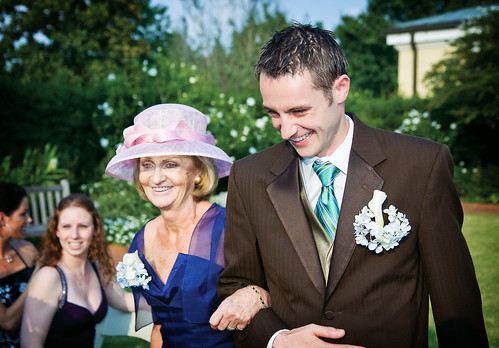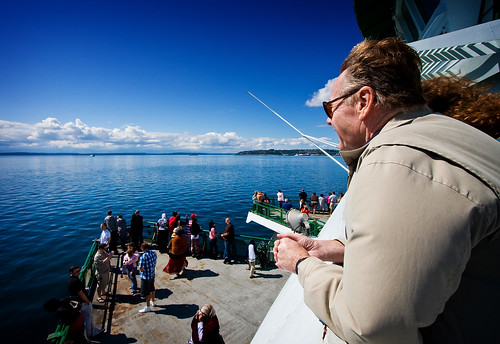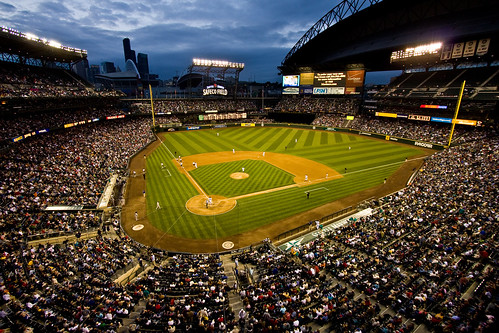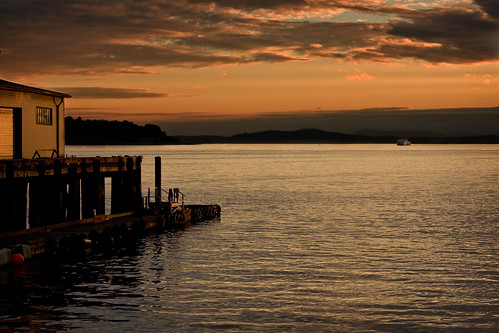My cousin Ian and his fiancée Briana got married last weekend (Labor Day weekend) in the Charlotte, North Carolina area. As it turns out, they live in the Chicago area (I believe), but they chose to have the wedding in the Charlotte area since many relatives (including Ian’s parents and my parents) live there.
Ian and Briana had their wedding at a botanical gardens in the area and it was lovely. There happened to be a 30% chance of rain on the day of the wedding, if memory serves, but it didn’t end up raining until quite later in the evening. The reception was held indoors, so the rain didn't have much of an effect on the festivities; and, even when people went outside for a smoke (or just to go outside), there also happened to be an awning around the circumference of the building.
It also so happened that this was one of the first opportunities I’ve had to make use of my Lightsphere flash diffuser. The basic idea with diffusers, if you’re not familiar with them, is that they serve to diffuse and scatter the light coming out of one’s flash in order to help reduce that portrait-in-the-headlights look that can be common to some cameras.
With the Lightsphere, like all diffusers, the enclosure attaches to the end of one's flash. On top of that, an additional strategy that’s often used — and one that I put to use — was to fire the flash upward to reflect it off the ceiling. In may sound a bit weird to fire, at first, but by firing the flash upward, the light becomes even more diffuse as it bounces off the ceiling (and then the walls and so on, a bit like billiard balls might travel across a pool table).
What ends up happening is that the light which may have formerly been harsh and direct is now much softer and generally absent of that yucky-flash look. This is all a good thing, but I can attest that it can take a little getting used-to. One adjustment (both on the part of the camera and its operator) is that the camera isn't always able to compensate for the longer distances that the light from its flash has to travel (up to the ceiling, off a wall, nothing but net and onto the subject).
Fortunately, this generally only requires a few minor adjustments to bump up the flash power; unfortunately, the operator has to remember to do so. In my case, I fell more into the latter category. Luckily, I was shooting entirely in RAW mode (well RAW+JPEG), so I had some leeway toward adjusting some of my shots that had ended up a tad underexposed as they came out of the camera. In the end, though, I was quite pleased with how things worked out. I had a great time at Ian and Briana’s wedding and the photography fun was just an added bonus.



